Home>Garden Essentials>How Much Grass Seed For Overseeding
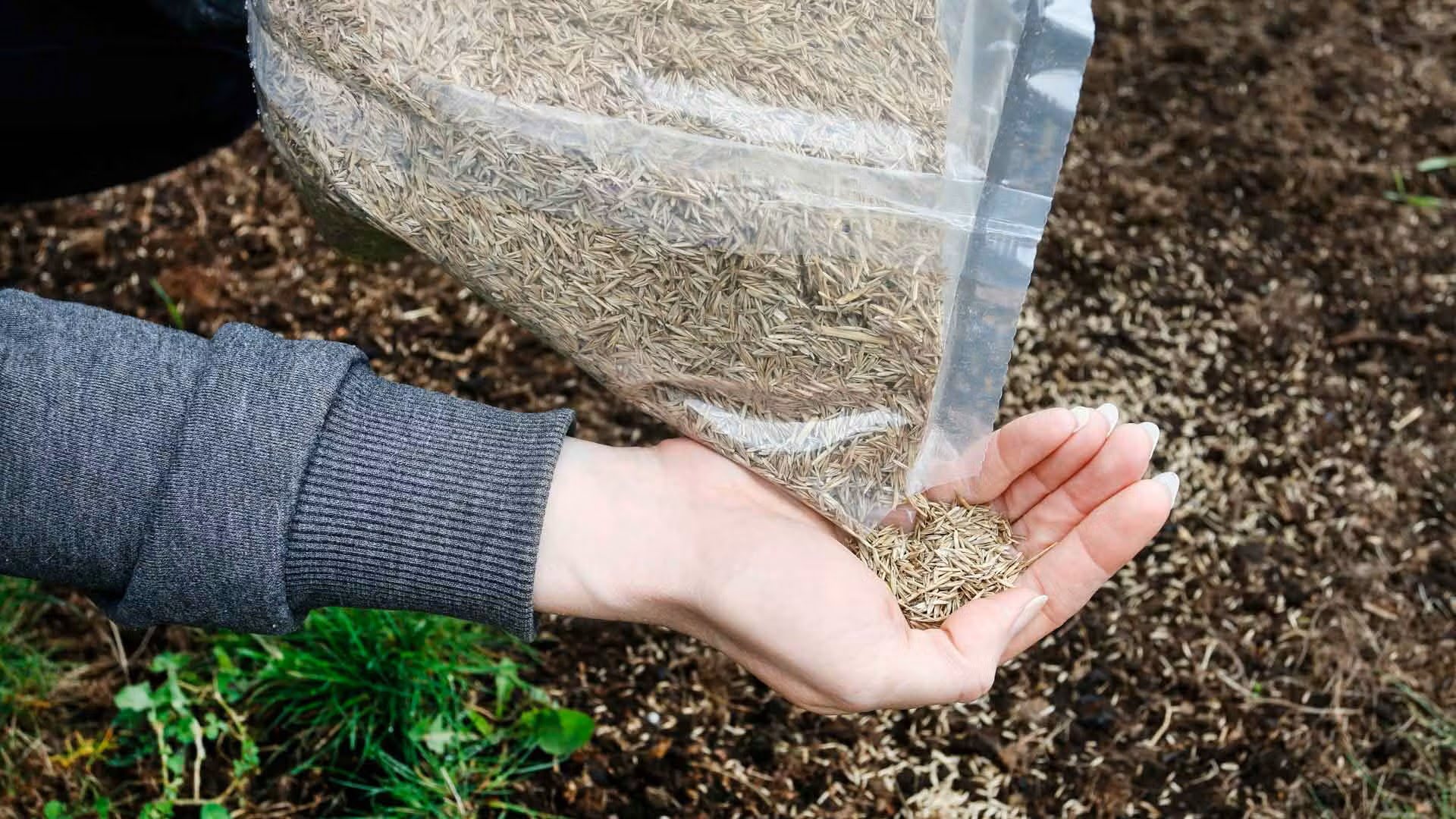

Garden Essentials
How Much Grass Seed For Overseeding
Modified: October 19, 2024
Looking to overseed your garden? Learn how much grass seed you'll need for a lush and healthy lawn. Expert tips for successful overseeding.
(Many of the links in this article redirect to a specific reviewed product. Your purchase of these products through affiliate links helps to generate commission for Storables.com, at no extra cost. Learn more)
Introduction
Welcome to the wonderful world of gardening! Whether you’re a seasoned gardener or just starting out, you know that a beautiful garden starts with a lush green lawn. And one important aspect of maintaining a healthy, vibrant lawn is overseeding.
But what exactly is overseeding? And how much grass seed do you need for this process? In this article, we’ll delve into the world of overseeding and guide you on determining the right amount of grass seed for your lawn.
Overseeding is the process of planting grass seed over an existing lawn to fill in thin or bare spots and improve its overall density. It revitalizes the lawn by introducing new grass varieties, enhancing its resilience to disease, pests, and harsh weather conditions.
Now, you might be wondering why overseeding is important. Well, let’s explore some of the benefits.
Key Takeaways:
- Overseeding your lawn with new grass seed helps fill in bare spots, prevent weeds, and improve overall lawn health. It’s like giving your lawn a refreshing makeover for a lush and vibrant look!
- To determine the right amount of grass seed for overseeding, consider factors like lawn size, seed coverage, and professional advice. It’s all about finding the perfect balance for a thriving green carpet!
Read more: How Much Seed To Use When Overseeding
What is Overseeding?
Overseeding is a lawn care practice that involves planting grass seed over an existing lawn to promote its health and appearance. It is typically done to fill in thin or bare spots, improve the grass density, and rejuvenate an aging lawn.
Over time, lawns can become patchy and thin due to factors such as foot traffic, weather conditions, pests, and diseases. This can result in an unsightly and unhealthy lawn. By overseeding, you introduce new grass seed into these areas, replenishing the lawn and encouraging new growth.
One of the key benefits of overseeding is that it promotes a thick and lush lawn. Dense grass not only looks aesthetically pleasing but also helps to prevent weed growth by crowding out potential invaders. Additionally, a thick lawn acts as a natural barrier against soil erosion, reducing the risk of runoff and water pollution.
Moreover, overseeding can help to improve the overall health of your lawn. By introducing new grass varieties, you can enhance the lawn’s resistance to diseases and pests. Additionally, newer grass varieties are often bred to be more drought-tolerant and require less maintenance, making your lawn more resilient in challenging weather conditions.
Another advantage of overseeding is the ability to fill in bare spots and repair damaged areas of the lawn. Whether it’s due to pet urine, heavy equipment, or construction work, bare spots can be unsightly and disrupt the visual appeal of your lawn. By overseeding, you can encourage the growth of new grass in these areas and restore a uniform green carpet.
Overall, overseeding is a valuable practice that helps to maintain the health, appearance, and longevity of your lawn. But how do you determine the right amount of grass seed needed for the overseeding process? Let’s find out in the next section.
Benefits of Overseeding
Overseeding your lawn offers a multitude of benefits that go beyond just making your lawn look lush and green. Let’s explore some of the advantages of this essential lawn care practice:
- Improved Grass Density: Overseeding helps to thicken the grass by introducing new seedlings into the existing lawn. This creates a denser turf, which not only looks more visually appealing but also helps to prevent the growth of weeds by crowding them out.
- Enhanced Disease Resistance: Introducing new grass varieties through overseeding can enhance your lawn’s ability to resist diseases. Newer grass cultivars are often bred to have improved disease resistance, reducing the risk of common lawn diseases and increasing the overall health of the lawn.
- Increased Pest Resilience: A dense and healthy lawn, which can be achieved through overseeding, is more resilient to pests such as insects and grubs. By promoting vigorous growth, overseeding makes your lawn less vulnerable to pest damage, reducing the need for chemical pesticides.
- Improved Drought Tolerance: Many newer grass varieties used in overseeding are bred to be more drought-tolerant. By introducing these varieties into your lawn, you can improve its ability to withstand periods of drought and reduce water requirements, making it more environmentally friendly.
- Repair of Bare and Patchy Areas: Overseeding is an effective way to fix bare spots, thin areas, and patchy sections of your lawn. By sowing grass seed in these areas, you encourage new growth and fill in the gaps, creating a more even and uniform appearance.
- Overall Lawn Health: Regular overseeding helps to keep your lawn healthy and vibrant. By continually introducing new grass seed, you can rejuvenate aging lawns, prolong their lifespan, and maintain an attractive appearance throughout the year.
Now that we understand the benefits of overseeding, let’s take a look at the factors you should consider before embarking on the overseeding process.
Factors to Consider Before Overseeding
Before you start overseeding your lawn, there are a few important factors to consider. By taking these factors into account, you can ensure a successful overseeding process and maximize the benefits for your lawn. Let’s explore these factors:
- Grass Type: Consider the type of grass that is already present in your lawn. Different grass varieties have different growth habits, maintenance requirements, and characteristics. It’s important to select grass seed that is compatible with the existing grass to ensure a harmonious and uniform lawn.
- Climate and Growing Conditions: Take into account the climate and growing conditions in your area. Some grass species thrive in cooler climates, while others prefer warmer environments. Consider factors such as temperature, humidity, sunlight exposure, and soil type to choose grass seed that is well-suited to your specific conditions.
- Timing: Timing is crucial when it comes to overseeding. The best time to overseed is during the early fall or spring when the soil temperature is still warm, and there is sufficient moisture for grass seed germination. Avoid overseeding during extreme heat or cold, as these conditions can hinder successful germination.
- Preparation: Proper preparation of the lawn is essential for successful overseeding. Before overseeding, mow the existing lawn to a shorter height and remove any debris or thatch that may hinder seed-to-soil contact. It’s also beneficial to aerate the lawn to alleviate compaction and improve seed-to-soil contact.
- Seed Selection: Choose high-quality grass seed that is suitable for your specific lawn conditions. Look for certified seed varieties that are known for their disease resistance, drought tolerance, and overall performance. It’s also a good idea to select a seed mix that includes a combination of different grass species for added resilience.
- Watering and Maintenance: Adequate watering is crucial during the overseeding process. Keep the newly seeded areas consistently moist to promote germination and establishment. Follow watering guidelines specific to the grass seed you have chosen. Additionally, proper ongoing maintenance, such as regular watering, mowing, and fertilizing, is important to ensure the success and longevity of the overseeded lawn.
Now that you’re aware of the key factors to consider, the next step is to determine the amount of grass seed you will need for the overseeding process. In the next section, we will discuss the various calculation methods for determining the right quantity of grass seed.
When overseeding a lawn, use 1-2 pounds of grass seed per 1,000 square feet for best results. This will help fill in bare patches and improve the overall density of the grass.
Determining the Amount of Grass Seed Needed
Determining the correct amount of grass seed needed for overseeding is crucial to achieve optimal results. By using the right quantity, you can ensure proper seed-to-soil contact and encourage healthy germination and establishment of new grass seedlings. Here are a few methods to help you calculate the amount of grass seed needed for your lawn:
- Manufacturer’s Recommendations: Many grass seed manufacturers provide guidelines on the recommended seeding rates for their specific products. These rates often vary depending on the grass species and the desired density of the lawn. You can usually find this information on the grass seed packaging or consult the manufacturer’s website.
- Seed Bag Coverage: Grass seed bags often indicate the coverage area for the specified amount of seed. For example, a bag may state that it covers 1,000 square feet. Divide the total square footage of your lawn by the coverage area specified on the seed bag to determine the number of bags needed.
- Seed-to-Soil Contact: For overseeding, the general recommendation is to use half of the seeding rate suggested for new lawn establishment. This is because the existing grass will provide some coverage, and you don’t want to oversaturate the lawn with excessive seed. Use this guideline as a starting point and adjust accordingly based on the condition of your lawn.
- Visual Assessment: Walk around your lawn and assess the areas that need overseeding. Estimate the percentage of bare or thin areas in relation to the overall lawn. For example, if you believe that 20% of your lawn needs overseeding, you can calculate the amount of seed needed based on that percentage.
- Professional Recommendations: If you’re unsure about the amount of seed needed or if you have a large lawn area, it may be beneficial to consult a professional landscaper or lawn care specialist. They can assess your lawn, take into account specific factors, and provide expert recommendations on the quantity of grass seed required.
Keep in mind that it’s better to slightly underseed than to overseed excessively. Using too much grass seed can result in overcrowding, competition for resources, and poor establishment. It’s better to overseed lightly and monitor the lawn’s progress, adding more seed as needed in subsequent overseeding cycles.
Now that you have a general idea of the methods to calculate the amount of grass seed needed, let’s proceed to a step-by-step guide to help you through the process.
Read more: When To Mow Overseeded Grass
Calculation Methods for Overseeding
Calculating the right amount of grass seed for overseeding requires some basic mathematical calculations. Depending on the method you choose, you can determine the quantity of seed needed for your lawn. Here are a few calculation methods to consider:
- Area Calculation: Start by measuring the total area of your lawn in square feet. Use a measuring tape or a laser measuring device to get the most accurate measurement. Multiply the length of your lawn by its width to obtain the total square footage. This method works best for regular-shaped lawns without complex contours or irregularities.
- Percentage Estimation: Walk around your lawn and estimate the percentage of the lawn that needs overseeding. For example, if you determine that 30% of your lawn requires overseeding, multiply the total lawn area by 0.3. This will give you the estimated square footage of the area that needs to be overseeded.
- Seed Bag Coverage: Refer to the coverage area specified on the grass seed bag. Divide the total square footage of your lawn by the coverage area to determine the number of bags needed. For example, if your lawn is 2,000 square feet, and the seed bag covers 1,000 square feet, you will need two bags of seed.
- Professional Advice: Seek guidance from a professional landscaper or lawn care specialist. They can assess your lawn, take into account specific factors such as grass type, soil conditions, and desired results, and provide you with an accurate estimation of the amount of grass seed needed.
Remember, it’s always better to have slightly less seed than too much. Overseeding lightly allows for proper seed-to-soil contact, reduces competition for resources, and promotes healthy growth. You can always monitor the progress and overseed again if necessary.
Now that you have an understanding of the calculation methods, let’s dive into a step-by-step guide to help you determine the quantity of grass seed needed for your overseeding project.
Step-by-Step Guide for Calculating Grass Seed Quantity
Calculating the right amount of grass seed for overseeding your lawn involves a few simple steps. By following this step-by-step guide, you can determine the quantity of seed needed to achieve optimal results:
- Measure the Lawn Area: Start by measuring the total area of your lawn in square feet. Use a measuring tape or a laser measuring device to get the most accurate measurement. Measure the length and width of your lawn and multiply the two numbers to obtain the total square footage.
- Assess the Lawn Condition: Walk around your lawn and assess the areas that need overseeding. Determine the percentage of bare or thin areas in relation to the overall lawn. This will help you estimate the amount of seed needed for the overseeding process.
- Choose the Seeding Rate: Select the seeding rate based on the condition of your lawn and the type of grass seed you are using. Generally, for overseeding, it is recommended to use half of the seeding rate suggested for establishing a new lawn from seed.
- Calculate Seed Quantity: Multiply the total square footage of your lawn by the percentage of lawn area that needs overseeding. For example, if your lawn is 2,000 square feet and you estimate that 30% of the lawn needs overseeding, the calculation would be: 2,000 square feet x 0.3 (30%) = 600 square feet.
- Adjust for Seeding Rate: Once you have the square footage of the overseeding area, divide it by the seeding rate. For example, if the suggested seeding rate is 5 pounds per 1,000 square feet and the overseeding area is 600 square feet, the calculation would be: 600 square feet / 1,000 square feet x 5 pounds = 3 pounds of seed needed.
- Consider Multiple Passes: If you have particularly thin or bare areas that require more intensive overseeding, you may want to make multiple passes with the spreader or adjust the seeding rate accordingly. This will ensure adequate coverage and promote stronger and thicker grass growth in those areas.
- Purchase the Grass Seed: Based on the calculations, determine the quantity of grass seed you need to purchase. It’s always a good idea to buy a little extra to account for any spills or to have some leftover for touch-ups in the future.
Remember, these calculations are estimates, and factors such as seed quality, soil conditions, and maintenance practices can affect the overall success of overseeding. It’s always beneficial to consult with a professional if you’re unsure about the calculation or need specific recommendations for your lawn.
Now that you have determined the quantity of grass seed needed, you’re well-equipped to embark on your overseeding project and achieve a healthier, thicker, and more vibrant lawn.
Conclusion
Overseeding is an essential practice for maintaining a healthy and vibrant lawn. By introducing new grass seed into your existing lawn, you can fill in thin or bare spots, improve grass density, and enhance the overall health and appearance of your lawn.
In this article, we explored the concept of overseeding and its numerous benefits. We discussed factors to consider before overseeding, such as grass type, climate, timing, and preparation. We also highlighted the importance of determining the right amount of grass seed for overseeding to ensure successful germination and establishment.
We provided various calculation methods, including area calculation, percentage estimation, seed bag coverage, and professional advice, to help you determine the quantity of grass seed needed for your lawn. Additionally, we presented a step-by-step guide to assist you in calculating the grass seed quantity accurately.
Remember, overseeding is not a one-time fix but an ongoing process to keep your lawn looking its best. Regular maintenance, proper watering, and timely overseeding can ensure that your lawn remains thick, healthy, and resilient year after year.
So, grab your grass seed, follow the guidelines in this article, and start overseeding your lawn to transform it into a lush green paradise. Your efforts will be rewarded with a beautiful, vibrant, and envy-inducing lawn that you can enjoy for years to come.
Happy overseeding and happy gardening!
Frequently Asked Questions about How Much Grass Seed For Overseeding
Was this page helpful?
At Storables.com, we guarantee accurate and reliable information. Our content, validated by Expert Board Contributors, is crafted following stringent Editorial Policies. We're committed to providing you with well-researched, expert-backed insights for all your informational needs.
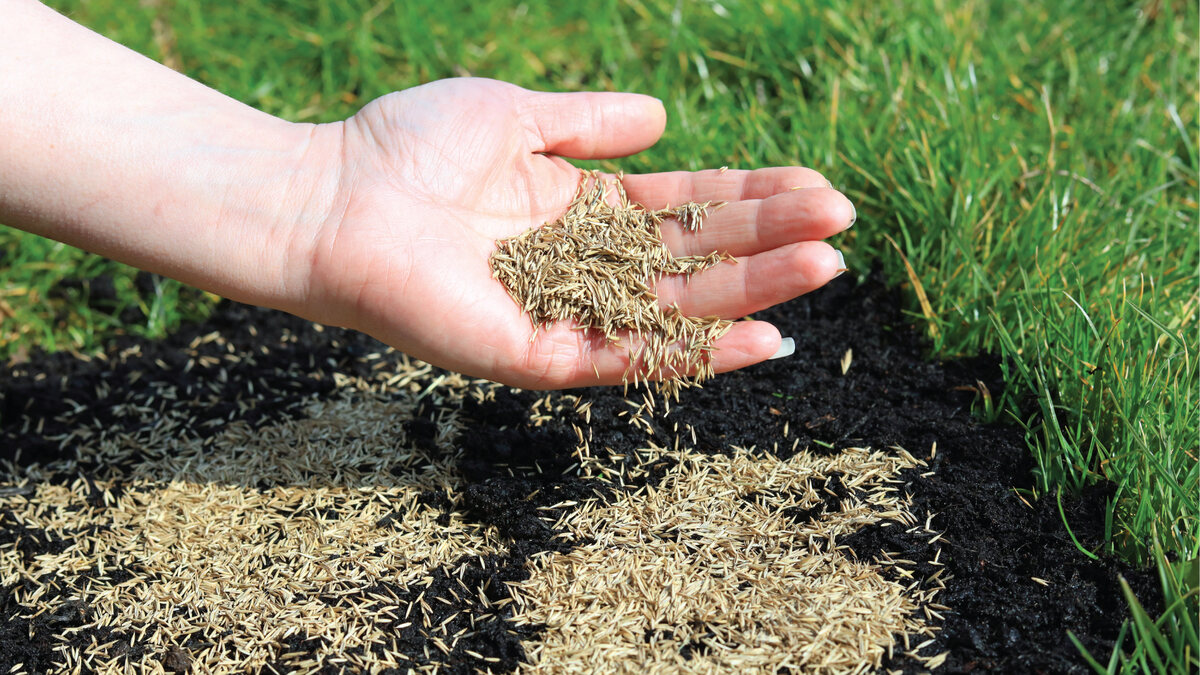
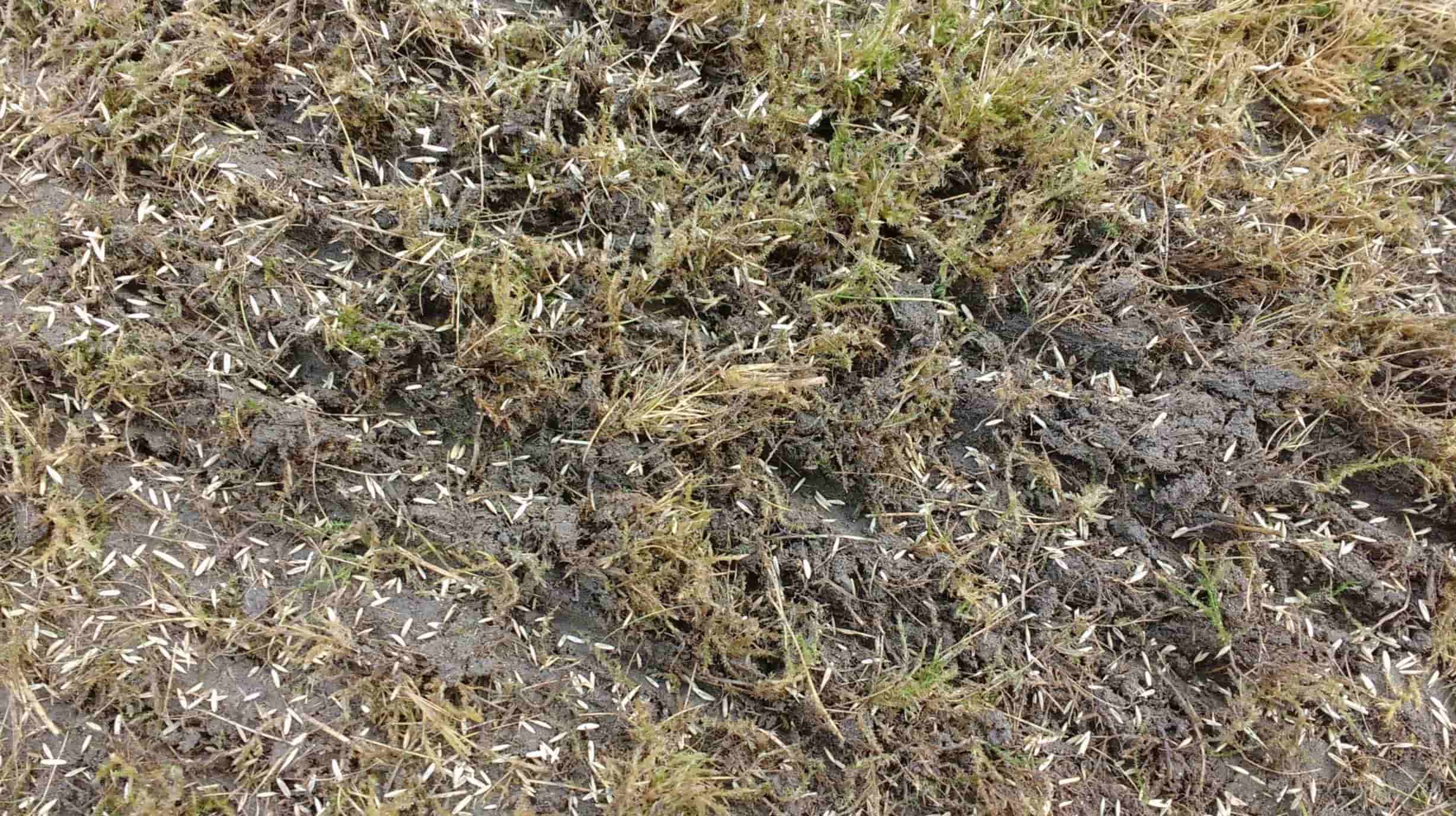
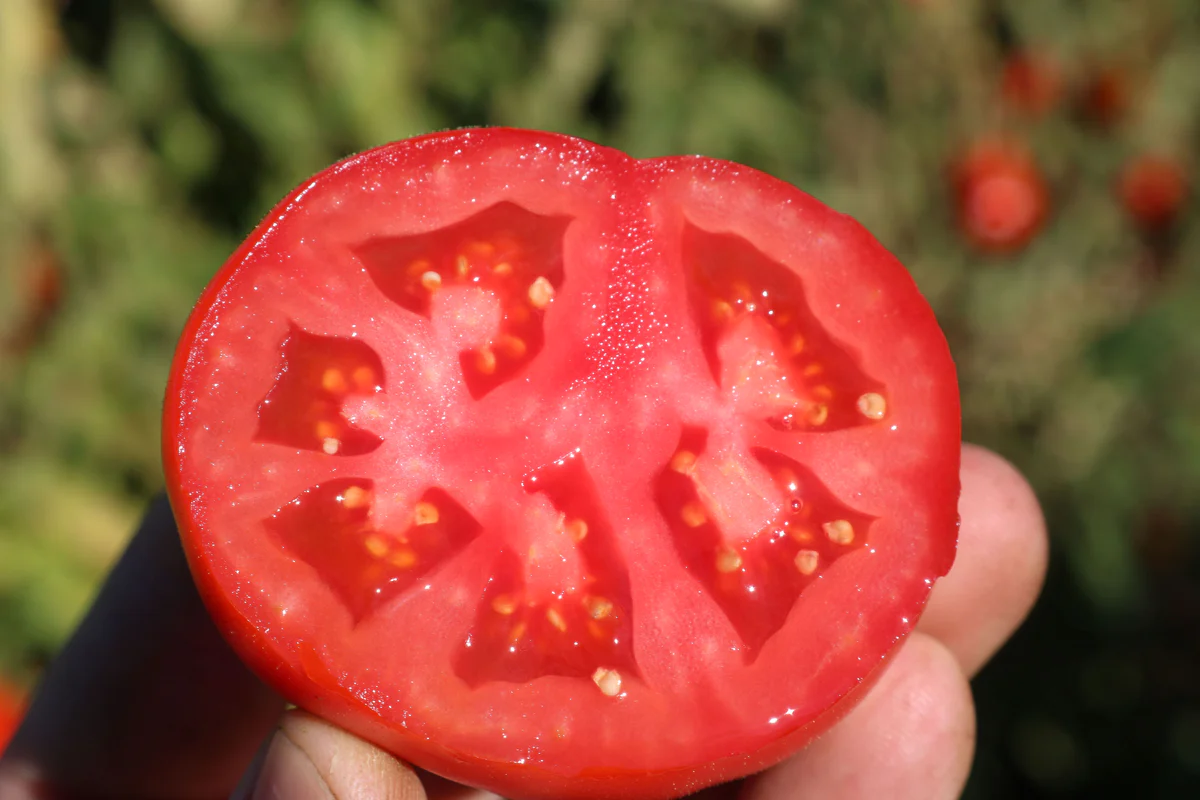
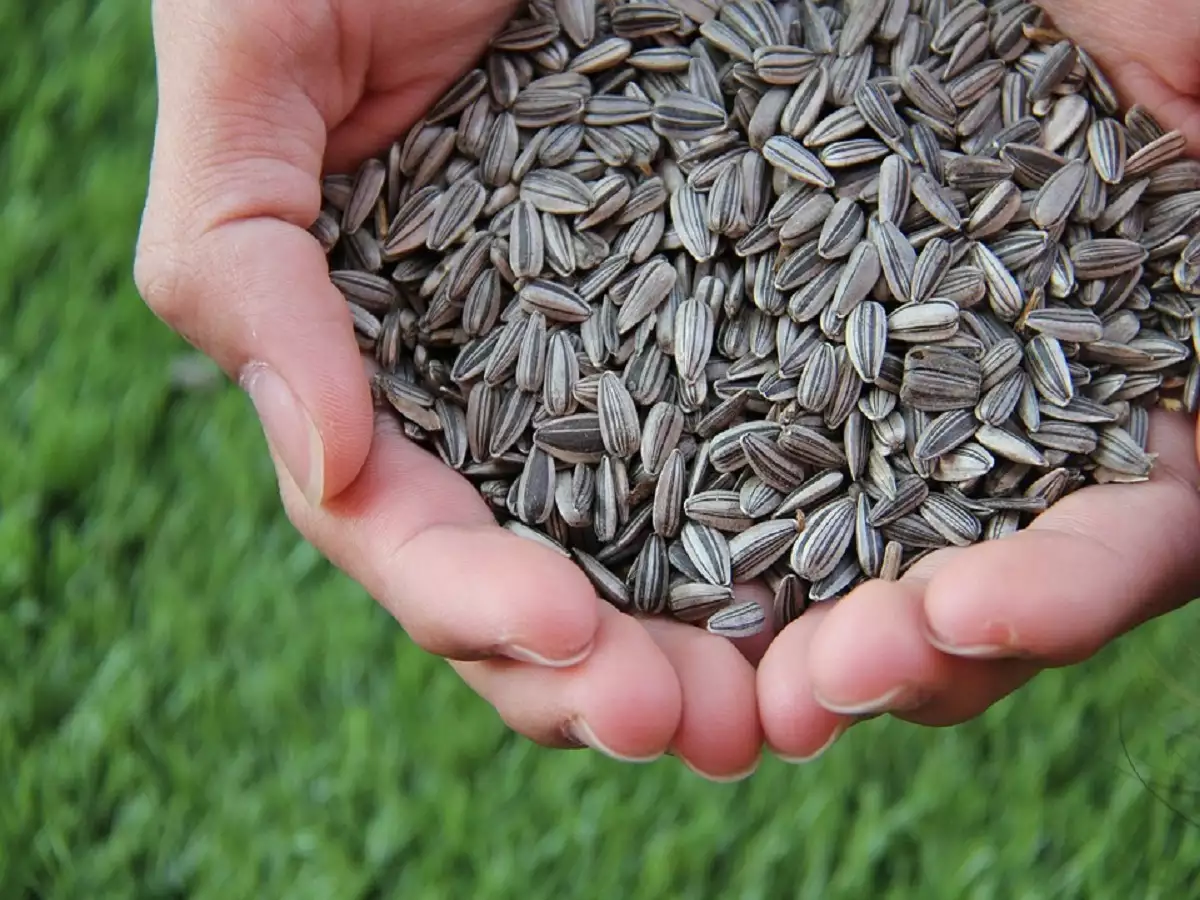
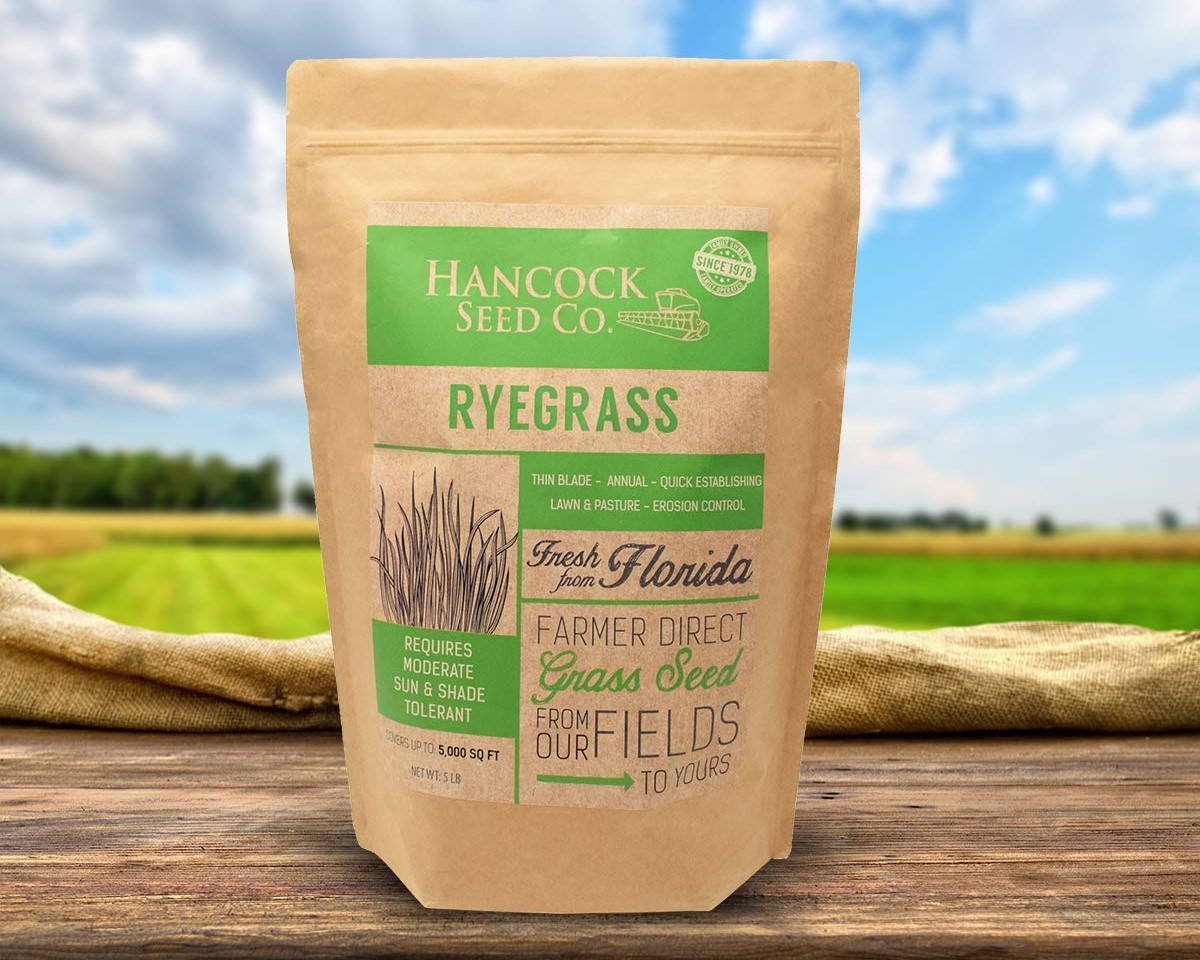
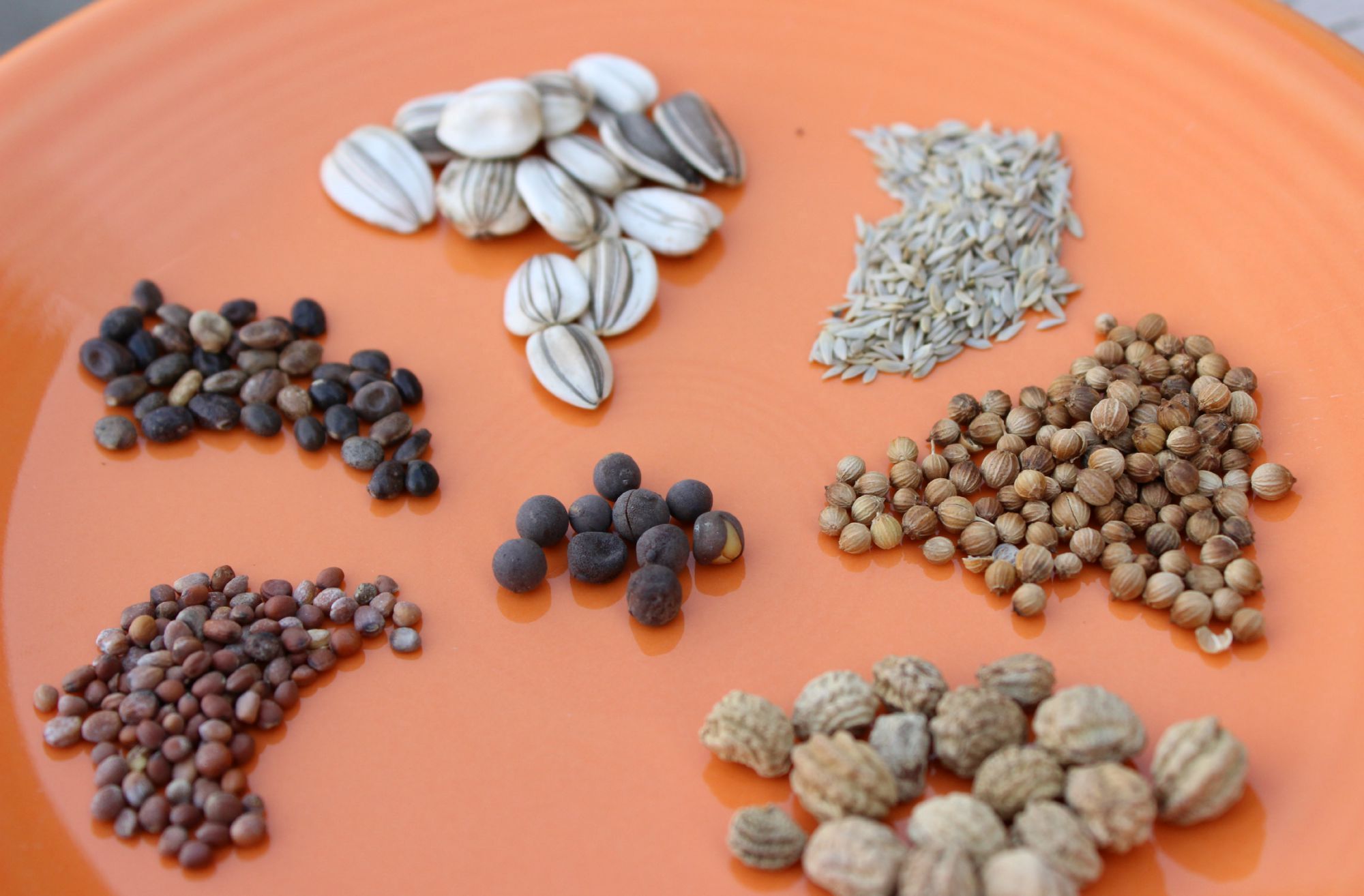

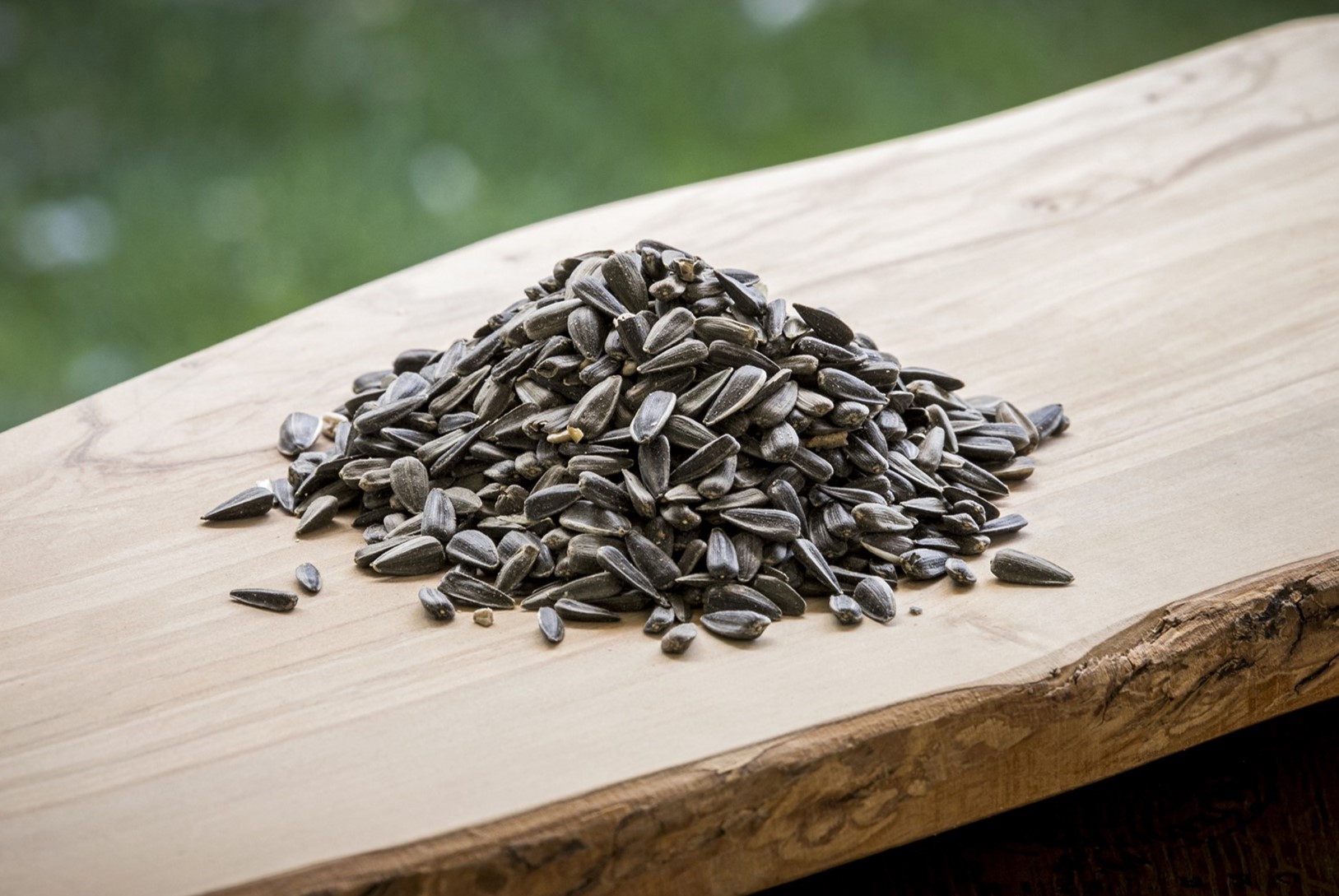
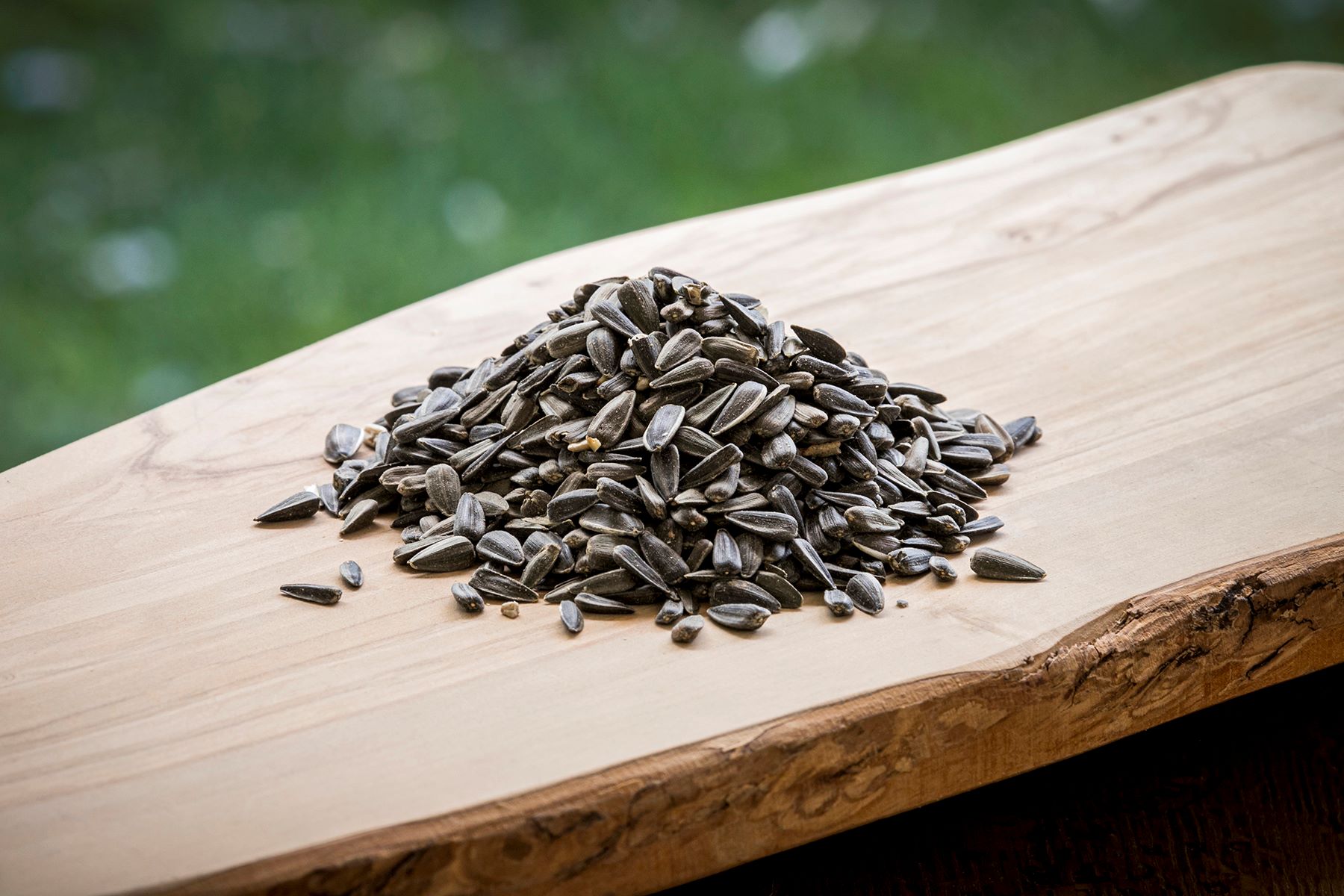






0 thoughts on “How Much Grass Seed For Overseeding”